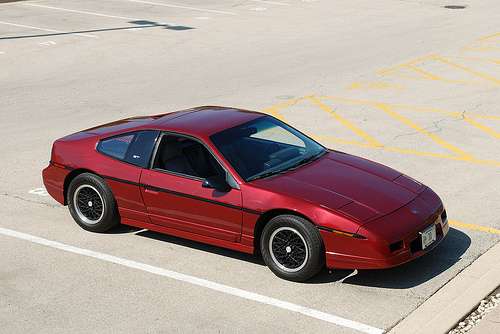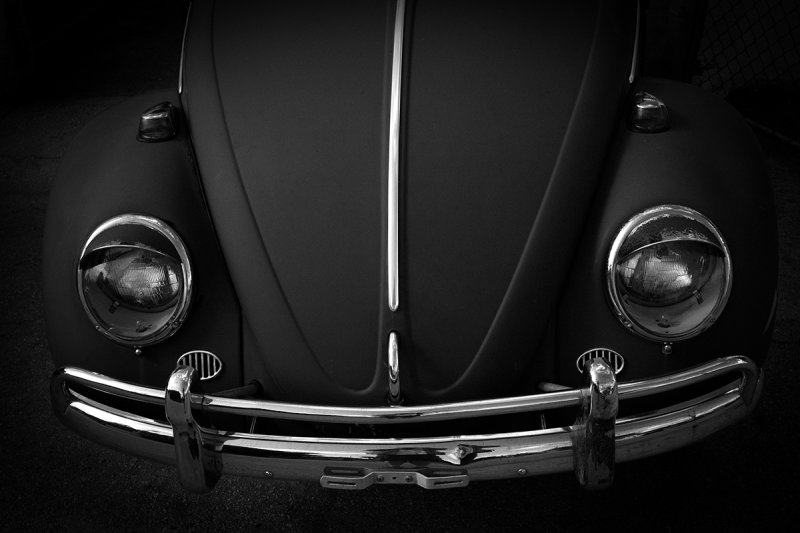Larry Cloetta
Veteran
I noticed the negative camber, too. Those swing axles could be treacherous.
As besk pointed out, the Corvair was updated in 1965, with new styling and a fully articulated rear suspension, that dramatically improved the handling.
- Murray
There is another side to this story.
Stirling Moss opined that the Corvair was the best handling car made in the U.S at the time, and when he made that statement he was specifically referring to the pre-1965 swing axle model, because that was his point of reference. Rear weight bias combined with a rear swing axle was a design brief that the early Corvair copied from and shared with the VW Beetle and the Porsche 356 and early 911, and those Corvairs exhibited the same handling traits as those cars, specifically trailing throttle oversteer. It was handling which rewarded good drivers with a nimbleness which allowed quicker corner exits and faster lap times, and frankly more fun, but punished poor drivers who didn’t know how to drive them. Considering the fact that the GM marketing department seemed to aim this well engineered car towards secretaries there was bound to be some trouble. Like the Porsches, it was a car you could steer with the throttle to a certain extent, and was quick and very entertaining to drive as long as you knew not to enter a corner faster than you intended to and knowing that, if you had done so, your best way out was just to keep your foot in it and keep the weight transferred to the rear wheels. If you lifted abruptly mid-corner you would find yourself looking back in the direction from whence you had just come. Exactly like a Porsche. It was a different handling car, a better handling car, than the understeering barges that comprised the lineup of every other U.S. manufacturer at the time. Neither Moss nor Don Yenko found the handling to be at all “treacherous”, but it was certainly unforgiving of mistakes, which is not exactly the same thing. GM subsequently installed a version of the suspension used on the Corvette at the time, which made the car more docile if less tossable, and more appropriate for secretaries and others whose only prior point of driving reference was understeering tractors, but the public relations damage was done and the car exited the market shortly thereafter.
The cars themselves were never “Unsafe at any Speed”, that was a phrase applicable to certain drivers, not their cars.












